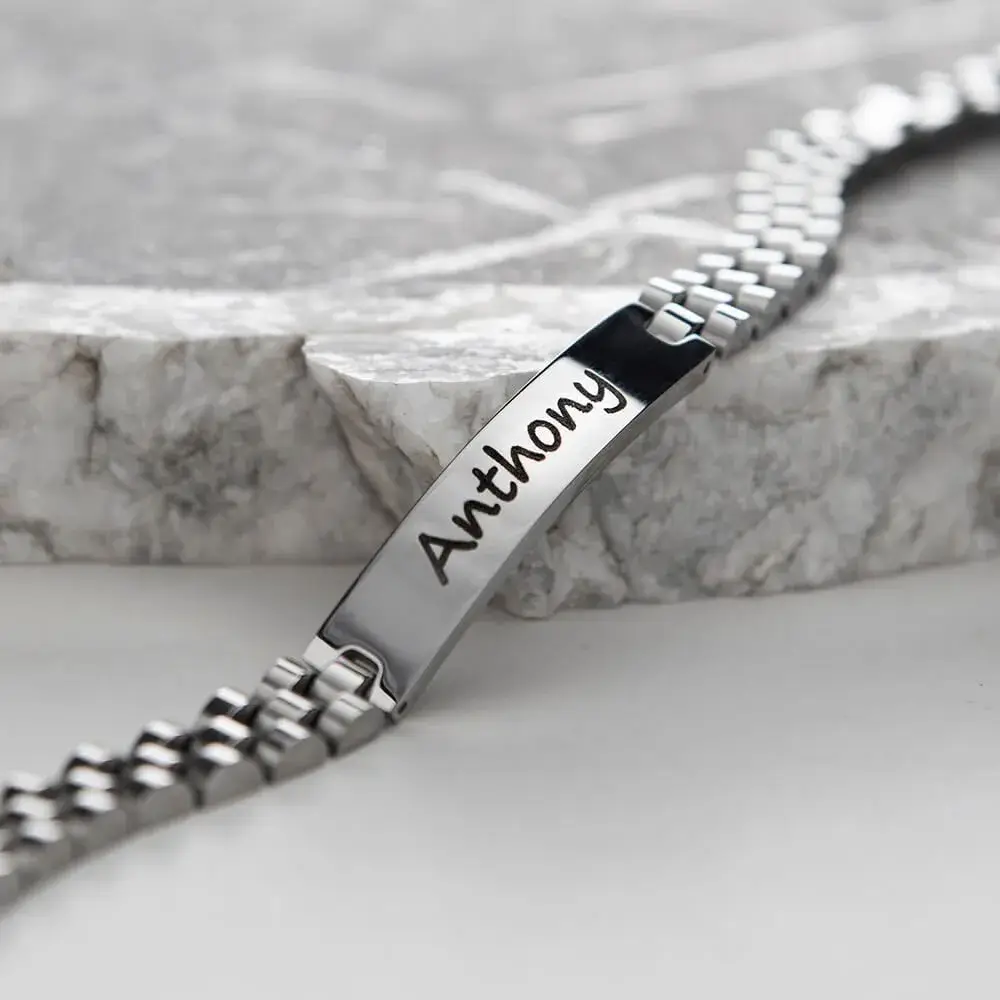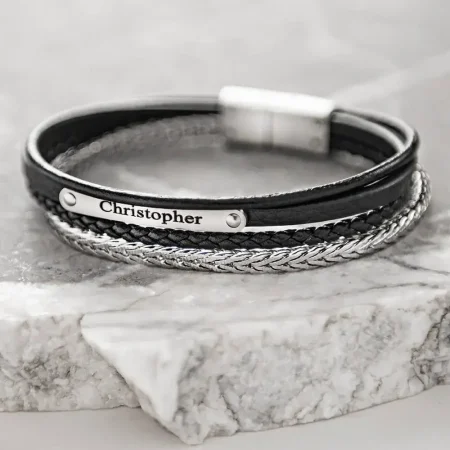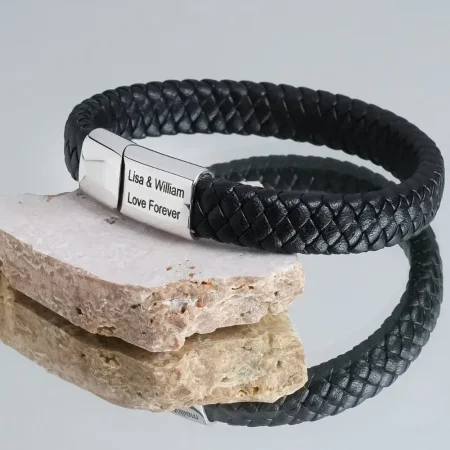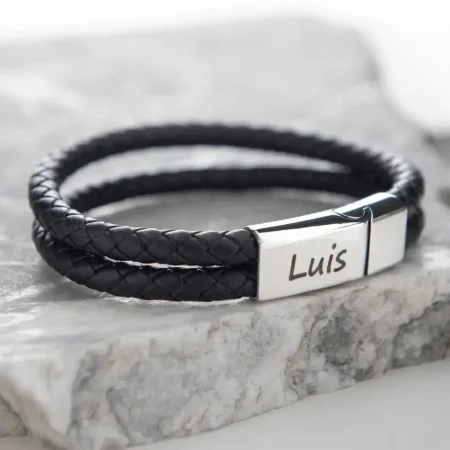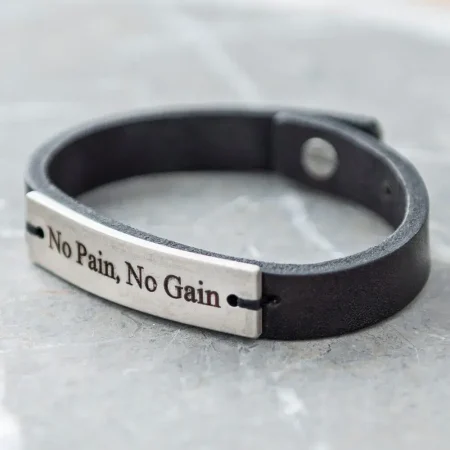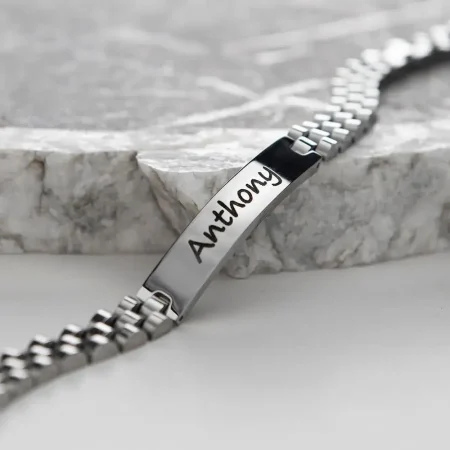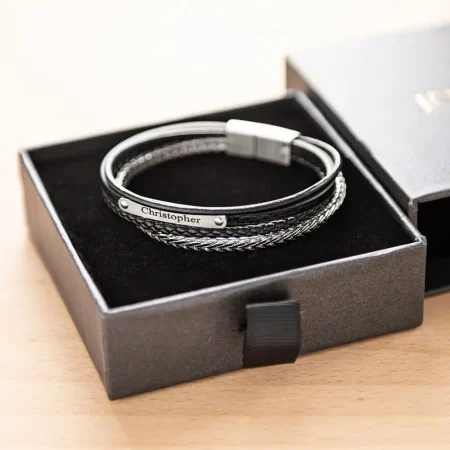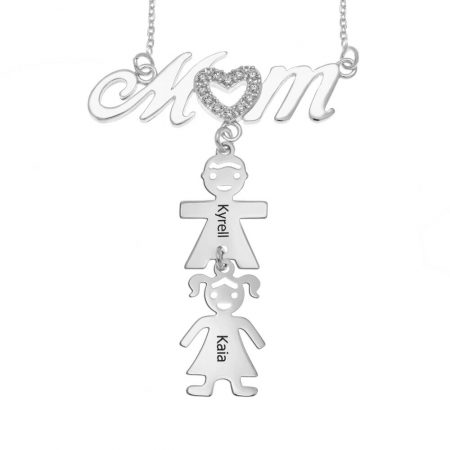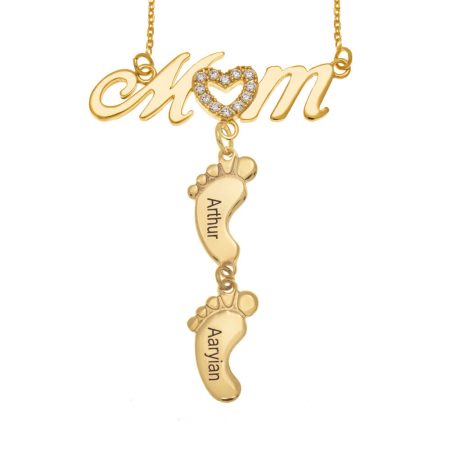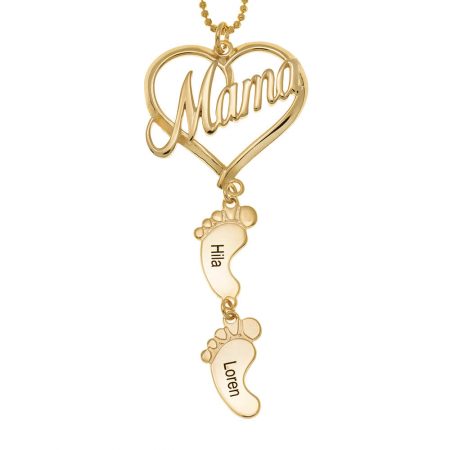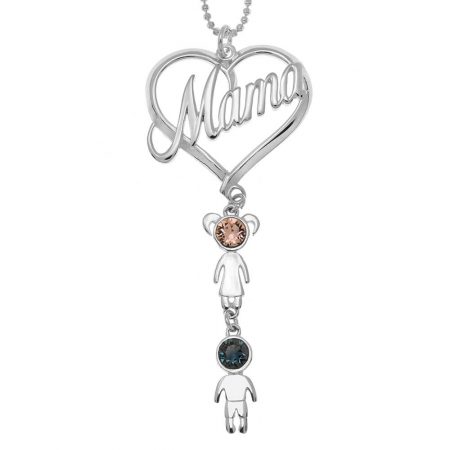Stainless steel jewelry remains a pick due to its nature, adaptability, and timeless allure.
Made from a chromium blend, it showcases resistance against tarnishing, rusting, and blemishes ensuring enduring beauty.
Its hypoallergenic qualities suit sensitive skin types while its affordability makes it a feasible choice for everyone.
Available in a range of styles, From sleek and contemporary to intricate and decorative, Stainless steel jewelry caters to preferences and fashion senses.
Whether donned for sophistication or special events stainless steel jewelry exudes elegance and charisma serving as a treasured addition to any wardrobe.
👉🏻 WHAT IS STAINLESS STEEL JEWELRY?
Stainless steel, a metal known for its strength and shiny look has become a choice in the jewelry field.
Mainly made of iron with chromium and other elements, stainless steel is highly resistant to rust, tarnish, and corrosion.
This durability comes from the chromium that creates a layer when exposed to air and moisture keeping the metal safe from harm.
Stainless steel stands out in jewelry because of its affordability, durability, and design flexibility.
Its toughness and ability to resist scratches make it perfect for use ensuring that pieces stay beautiful over time.
Additionally, its hypoallergenic nature makes it suitable for people with skin providing a wearing experience without irritation.
By replicating the shine of metals like silver and platinum at a price point, stainless steel has become popular as an economical yet elegant option without compromising quality or style.
Whether embellished with gemstones or personalized touches stainless steel jewelry appeals to fashion lovers looking for enduring accessories, for any event.
👉🏻 WHAT IS TARNISHING?
Tarnishing is a process that happens when metals react chemically with elements in their surroundings causing them to lose their shine and change color.
It’s commonly seen in metals like silver, copper, and brass.
Stainless steel stands out for its ability to resist tarnishing.
The tarnishing process usually begins when metals come into contact with air, moisture sulfur compounds, or other chemicals.
Oxygen and sulfur are often the factors behind tarnishing reactions.
When metal atoms interact with oxygen in the air they create metal oxides that are usually darker than the metal.
Additionally, sulfur compounds like hydrogen sulfide in the environment can also lead to tarnishing by forming metal sulfides on the metal surface.
Various factors influence how severely tarnishing occurs such as the metals composition, presence of coatings, environmental conditions, and exposure to different substances.
Metals that are more reactive like silver and copper tend to tarnish more compared to steel which has chromium and other elements forming a protective oxide layer.
This oxide layer acts as a shield against interaction with oxygen and moisture thus slowing down the tarnishing process.
Prolonged contact with chemicals or rough substances can weaken this layer causing stainless steel to potentially lose its shine.
It’s important to grasp how tarnishing happens to ensure metal jewelry stays looking good and lasts long.
👉🏻 WHAT FACTORS INFLUENCE TARNISHING?
Stainless steel may tarnish, though it’s less common compared to metals, this can happen due to factors including exposure to air, moisture, chemicals in household products, and temperature changes.
📌 EXPOSURE TO AIR
When stainless steel is exposed to oxygen in the air or high humidity levels a layer of oxide forms on its surface over time leading to an appearance.
📌MOISTURE
Moisture accelerates the tarnishing process by creating an environment for oxidation potentially causing rust spots on jewelry.
📌CHEMICALS
Household chemicals like bleach and ammonia can react with the metal’s chromium oxide layer. Cause tarnishing. Additionally, exposure to substances like lemon juice can corrode the metal. Reduce its shine.
📌EXTREME TEMPERATURES
Extreme temperatures and heat can also impact the protective oxide layer on stainless steel making it more prone, to tarnishing. Sudden changes, in temperature like going from one place to another can also lead to tarnish forming on stainless steel jewelry.
📌HANDLING AND MAINTENANCE
Handling and looking after the jewelry properly is important. For instance, touching it with hands or storing it incorrectly can introduce substances that cause tarnishing. Regular cleaning with cleaners and soft cloths can help reduce these effects and maintain the metal’s shine.
By being aware of these factors and taking steps to limit exposure to elements that cause tarnish stainless steel jewelry can stay shiny and beautiful for years.
Taking care of your accessories is key, to preserving their look and durability ensuring they sparkle wherever you go.
Factors influencing the tarnishing of stainless steel
| Factors | Description |
|---|---|
| Exposure to Air | Stainless steel can tarnish when exposed to oxygen in the air, leading to the formation of a thin oxide layer on the surface of the metal. |
| Moisture | High humidity or direct contact with water can accelerate tarnishing by providing an environment conducive to oxidation. |
| Chemical Exposure | Exposure to chemicals like bleach, ammonia, chlorine, or acidic substances can react with the metal’s surface and promote tarnishing. |
| Temperature Fluctuations | Extreme temperatures, especially high heat, can affect the protective oxide layer on stainless steel, making it more susceptible to tarnishing. |
| Handling and Maintenance | Improper handling or storing of stainless steel jewelry can introduce contaminants that promote tarnishing, highlighting the importance of regular cleaning and maintenance. |
👉🏻 TYPES OF STAINLESS STEEL
Stainless steel is available in varieties and types each with its unique features and qualities. It’s important to understand these distinctions to recognize how various types of steel can differ in their susceptibility to tarnishing.
- Austenitic Stainless Steel: This type of steel is commonly used in jewelry. It is rich in chromium and nickel providing excellent resistance to corrosion and durability. Austenitic stainless steel like the 304 and 316 grades forms a layer of oxide when exposed to air making it highly resistant to tarnishing. These grades are popular for their versatility, appearance, and ability to resist both corrosion and tarnish.
- Ferritic Stainless Steel: Ferritic stainless steel has chromium levels but lower nickel content compared to grades. While it generally offers corrosion resistance, ferritic stainless steel may be more susceptible to tarnishing than other types especially in challenging environments or exposure, to certain chemicals. However proper maintenance can help prevent tarnishing in stainless steel jewelry.
- Martensitic Stainless Steel: Known for its strength and hardness martensitic stainless steel stands out for its characteristics. Stainless steel, with carbon content, is more prone to corrosion and tarnishing compared to other types. Martensitic stainless steel might need coatings or treatments to maintain its appearance and prevent tarnishing over time.
Duplex stainless steel combines the strengths of ferritic grades providing improved strength and resistance to corrosion.
While generally resistant to tarnishing the susceptibility of duplex steel can vary based on alloy compositions and environmental factors.
The choice of steel used in jewelry greatly influences its vulnerability to tarnishing.
Austenitic grades like 304 and 316 are typically more resistant whereas martensitic and ferritic grades may require care to avoid tarnishing.
Knowing these distinctions empowers consumers to make decisions when choosing stainless steel jewelry that matches their preferences and lifestyles.
Types of stainless steel commonly used in jewelry and their susceptibility to tarnishing
| Stainless Steel Type | Composition | Susceptibility to Tarnishing |
|---|---|---|
| Austenitic Stainless Steel | High chromium and nickel content | Highly resistant |
| Ferritic Stainless Steel | Moderate chromium and low nickel content | Moderate susceptibility |
| Martensitic Stainless Steel | High carbon content, moderate chromium | Moderate to high susceptibility |
| Duplex Stainless Steel | Combination of austenitic and ferritic structures | Varies depending on alloy composition |
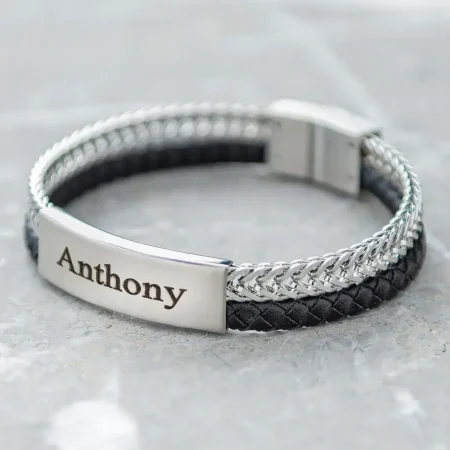
👉🏻 PROPERTIES OF STAINLESS STEEL RELEVANT TO TARNISHING
The reason why stainless steel doesn’t tarnish easily is because of its properties, mainly due to how it is made and the protective layer that forms on its surface.
A significant factor in its durability is the amount of chromium it contains, between 10% to 20%, in most stainless steel mixes.
When chromium combines with oxygen from the air it creates a see-through layer of oxide called chromium oxide on the metal surface.
This layer acts as a shield protecting the steel underneath from rusting and corrosion.
Stainless steel often includes elements like nickel, molybdenum, and nitrogen that further improve its resistance to rust and make it more long-lasting.
These elements help strengthen the formation of an oxide layer that sticks well to the metal making stainless steel less prone to tarnishing in conditions.
Because stainless steel has a surface that doesn’t absorb moisture or dirt easily it’s less likely to tarnish.
This natural resistance to staining makes stainless steel a popular choice for jewelry as it ensures that pieces stay shiny and attractive with the upkeep needed.
As a result, stainless steel jewelry remains a favorite among consumers looking for accessories that require care but last beautifully over time.
👉🏻 COMPARING THE TARNISH RESISTANCE OF STAINLESS STEEL WITH OTHER METALS USED IN JEWELRY
When it comes to jewelry, the choice of metal not only adds to the beauty but also determines how long-lasting and resistant to tarnishing a piece will be.
Stainless steel is known for its resistance to tarnish and durability setting it apart from silver, gold, and platinum.
📌SILVER
Silver, valued for its appearance, is easily tarnished. It reacts with sulfur in the air to create sulfide a tarnish that can dull its sparkle over time. Regular polishing is necessary to keep silver jewelry looking bright making it more high maintenance compared to steel.
📌GOLD
Gold in forms like 24-karat gold doesn’t tarnish easily due to its stable nature. However, lower-karat gold alloys with amounts of base metals like copper or nickel may be more prone to tarnishing as time goes on. Even though gold jewelry may need cleaning and care for maintenance, its shine requires less upkeep than silver.
📌PLATINUM
Platinum is renowned for its rarity and strength. Offers resistance to tarnishing similar to stainless steel. However, platinum jewelry tends to be pricier than steel because of its scarcity and higher production costs. While platinum’s ability to resist tarnishing is admirable it may not provide an edge over steel for those looking for a more budget-friendly option that still maintains quality.
📌STAINLESS STEEL
Stainless steel, with its chromium content and protective oxide layer, surpasses materials in terms of resisting tarnish and lasting durability. Unlike silver, it doesn’t easily tarnish when exposed to air or moisture reducing the need for polishing. In comparison to gold and platinum stainless steel offers a cost choice without compromising on longevity or aesthetic appeal.
Moreover, steel’s flexibility in design and its hypoallergenic properties make it a top pick for individuals with skin or those who desire customizable jewelry options.
Its ability to imitate the look of metals like silver and platinum at a fraction of the price further boosts its allure among consumers seeking value and durability in their jewelry selections.
To sum up, while silver, gold, and platinum all have their points, stainless steel emerges as a leader in terms of resisting enduring durability and affordability.
As consumers prioritize lasting quality and easy maintenance in their jewelry decisions, stainless steel remains a timeless and practical choice for wear.
Comparing the tarnish resistance of stainless steel with other commonly used metals in jewelry
| Metal | Tarnish Resistance | Maintenance Required | Affordability |
|---|---|---|---|
| Stainless Steel | Highly resistant due to chromium content and oxide layer | Minimal polishing required | Affordable |
| Silver | Prone to tarnishing, requires frequent polishing | High maintenance | Moderate |
| Gold | Resistant to tarnishing, varies based on karat purity | Periodic cleaning recommended | Varies based on karat purity |
| Platinum | Highly resistant to tarnishing | Low maintenance | Expensive |
👉🏻 COMMON MISCONCEPTIONS ABOUT STAINLESS STEEL
Despite its known durability, there are still misunderstandings surrounding the tarnishing of steel.
One common misconception is the belief that stainless steel is completely immune to tarnishing.
While it is indeed more resistant compared to other metals, it is not invulnerable in all situations.
Another myth is that tarnishing always signifies poor-quality steel.
In reality, tarnishing can occur due to factors like prolonged exposure to chemicals or abrasive materials which can compromise its protective oxide layer.
Also, some people may think that all stainless steel alloys provide a level of resistance to tarnishing.
However, the composition and grade of steel can differ, affecting its vulnerability to tarnishing.
Quality austenitic stainless steel grades such as 304 and 316 exhibit resistance to tarnishing due to their higher chromium content and superior corrosion resistance.
Dispelling these misunderstandings involves educating individuals about the characteristics and limitations of steel.
By understanding the factors influencing tarnishing and adopting care practices, consumers can make choices and admire the lasting beauty and resilience of stainless steel in jewelry and other uses.
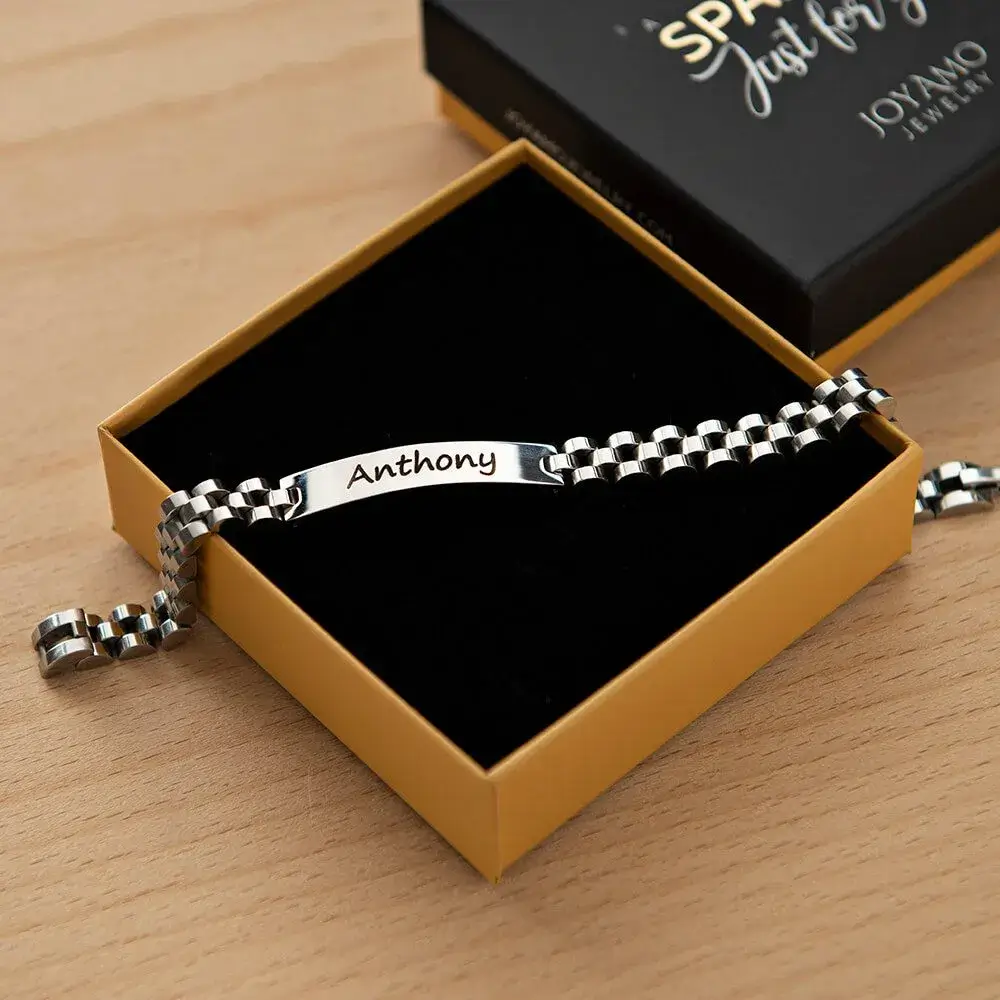
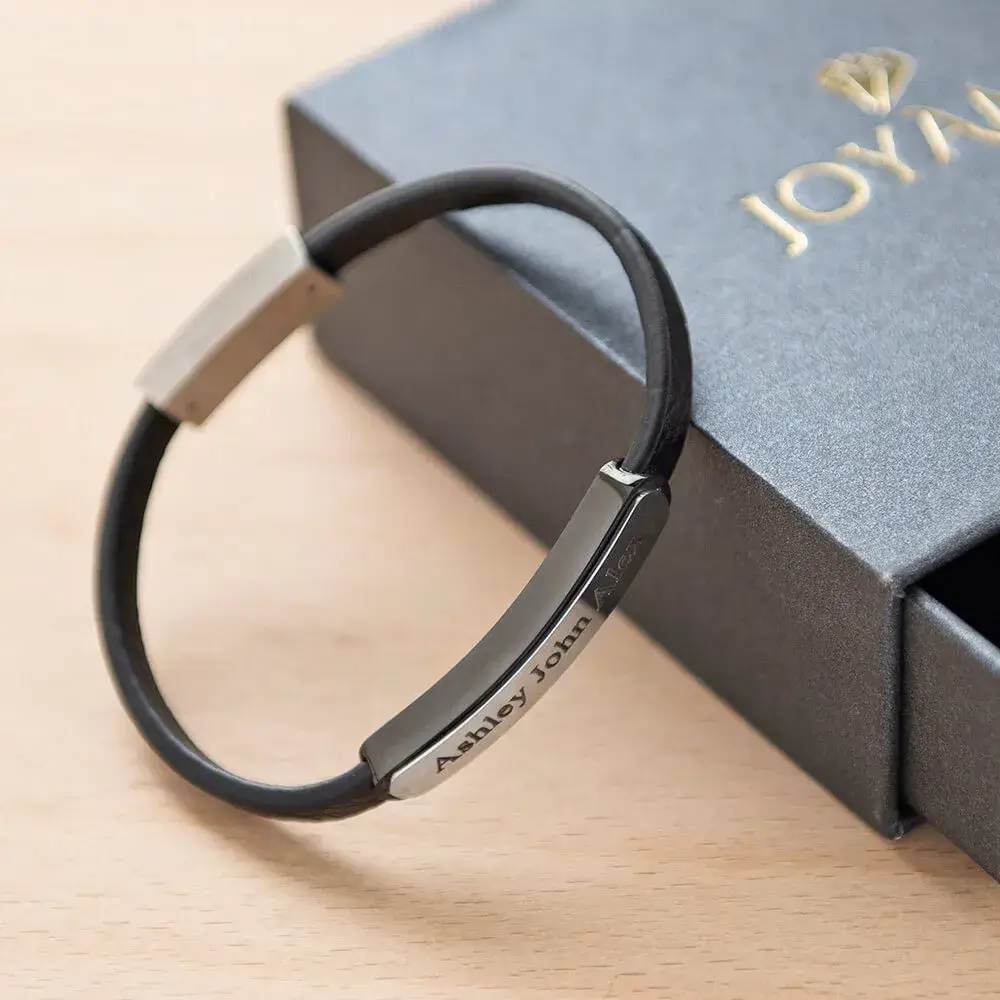
👉🏻 MAINTENANCE AND CARE
Properly taking care of your stainless steel jewelry is crucial to maintain its beauty and durability keeping it shiny and resistant to tarnishing.
Below are some suggestions to help you preserve the appearance of your stainless steel pieces
- Regular Cleaning: It’s important to clean your stainless steel jewelry to remove dirt oils and other residues that may diminish its shine. Use a soap or detergent with water along with a soft cloth or brush for gentle cleaning. Avoid cleaners or abrasive tools that could scratch the metal.
- Avoiding Harsh Chemicals: Be careful not to expose your stainless steel jewelry to chemicals like bleach, ammonia, or chlorine as they can cause corrosion and speed up tarnishing. Remember to remove your jewelry before swimming in pools with chlorine or using household cleaners to prevent damage.
- Thorough Drying: After cleaning or coming into contact with moisture make sure to dry your stainless steel jewelry using a cloth. This helps prevent water spots and reduces the chances of formation by preventing moisture from lingering on the metal surface.
- Storage: Store your stainless steel jewelry in a dry place away, from direct sunlight and humidity.
To keep your stainless steel jewelry in condition consider using pouches or compartments to prevent pieces from scratching or tangling with other jewelry. It’s best to avoid storing steel pieces in areas or places, with moisture like bathrooms to reduce the risk of tarnishing. - Avoid Abrasive Surfaces: Another tip is to refrain from placing your stainless steel jewelry on surfaces or subjecting it to handling when not wearing it. This can prevent scratches and damage to the metal surface. To safeguard your jewelry store it in a jewelry box or organizer.
By incorporating these straightforward care suggestions into your routine you can help minimize tarnishing and maintain the appearance of your stainless steel jewelry for years to come.
With maintenance, your stainless steel pieces will retain their shine and elegance adding a touch of sophistication, to any occasion.
Practical tips for maintaining and caring for stainless steel jewelry
| Maintenance and Care Tips | Description |
|---|---|
| Regular Cleaning | Clean stainless steel jewelry regularly with mild detergent and warm water to remove dirt and oil residues. |
| Avoid Harsh Chemicals | Refrain from exposing jewelry to bleach, ammonia, or chlorine, as these can corrode the metal and promote tarnishing. |
| Dry Thoroughly | After cleaning or exposure to moisture, ensure jewelry is thoroughly dried with a soft cloth to prevent water spots. |
| Storage | Store jewelry in a clean, dry environment away from direct sunlight and humidity to minimize tarnishing. |
| Avoid Abrasive Surfaces | Prevent scratches by avoiding placement on abrasive surfaces and storing in a designated jewelry box or organizer. |
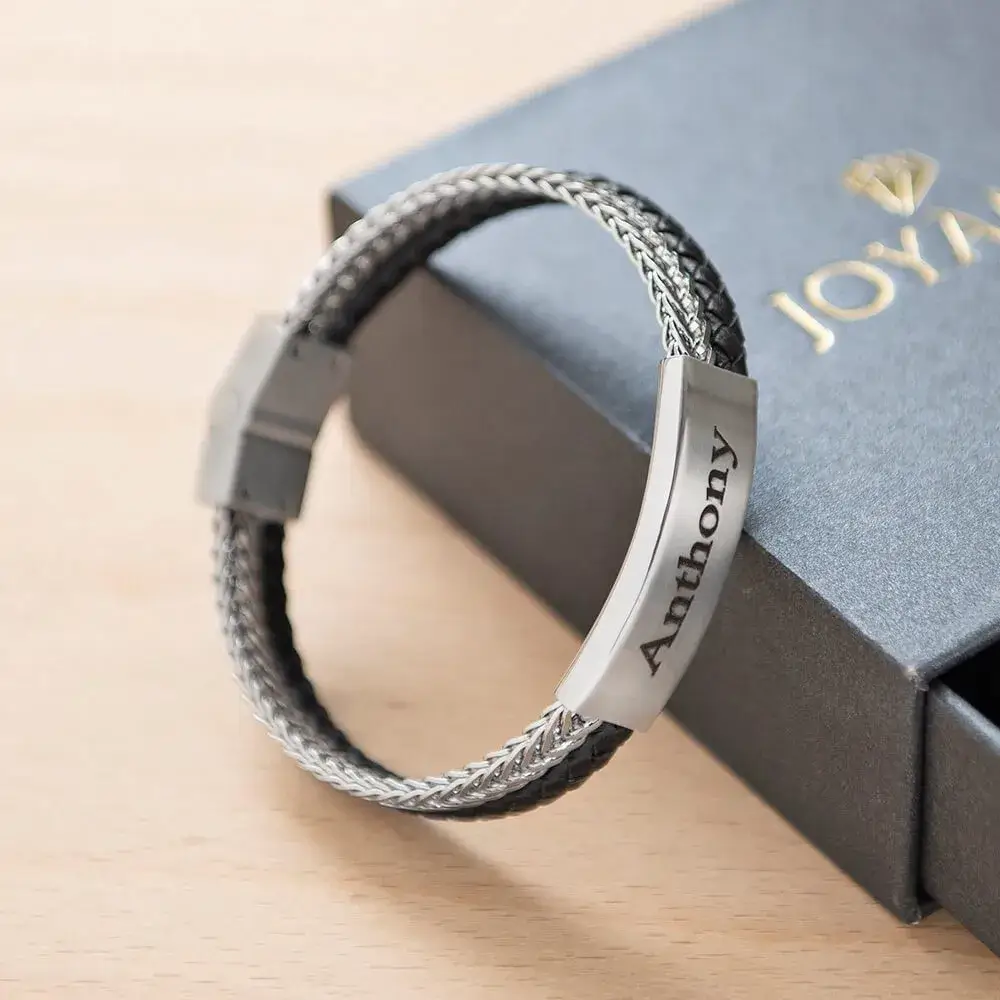
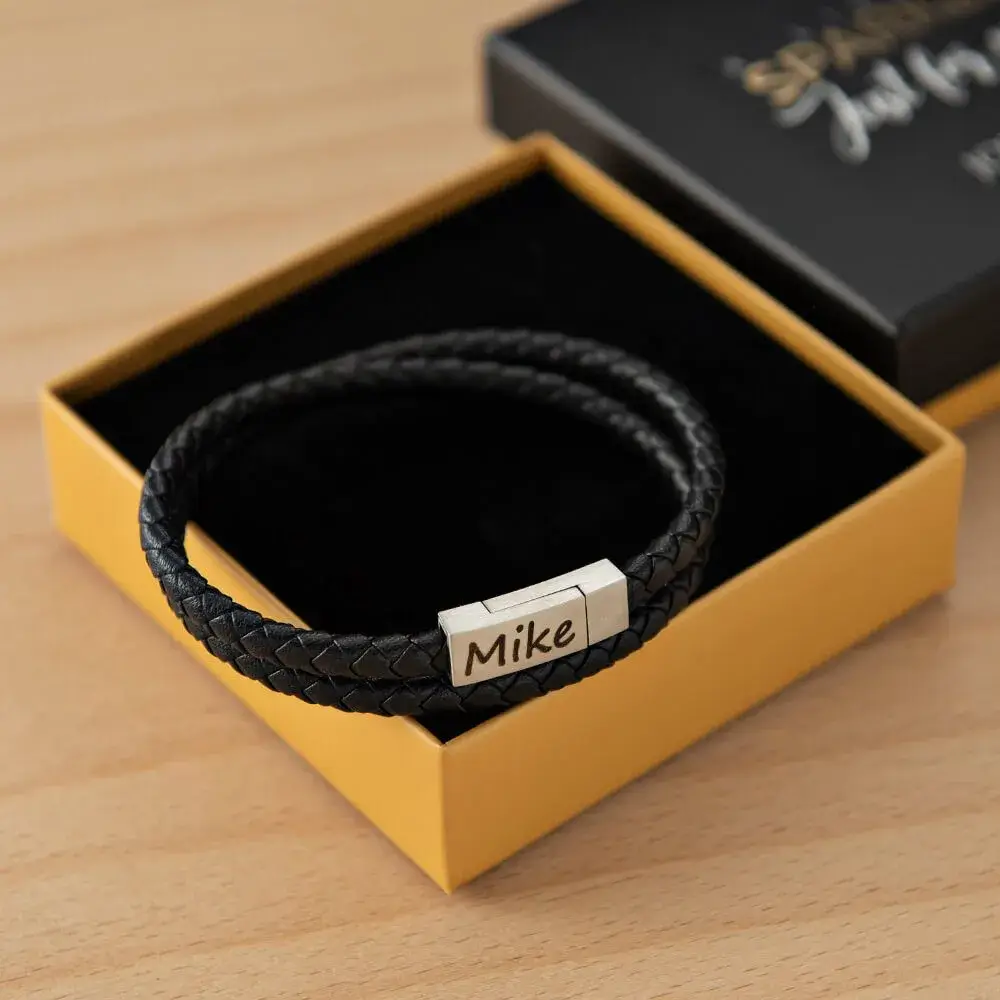
👉🏻 PERSONALIZED JEWELRY AND TARNISH
Personalized jewelry adds a touch to any accessory turning it more into a cherished keepsake than just a decorative piece.
Whether it’s a personalized necklace with a loved one’s name, a ring with a date, a bracelet with initials, or designed earrings, these personalized items hold great sentimental value.
However, the process of personalization like engraving or custom designing can affect how easily the jewelry tarnishes and needs care to prevent this.
Engraving is a way to personalize jewelry by etching designs, names, or messages onto metal surfaces.
While engraving itself doesn’t directly cause tarnishing it can change the texture and integrity of the metal surface over time making it more prone to tarnish.
Also, engraved areas might trap dirt, oils, or moisture if not cleaned properly and regularly.
Similarly, designed jewelry with patterns or unique shapes may have small spaces that collect dirt and moisture easily and create perfect conditions for tarnishing.
Special care may be needed for materials like gemstones or embellishments in jewelry to avoid tarnishing or damage.
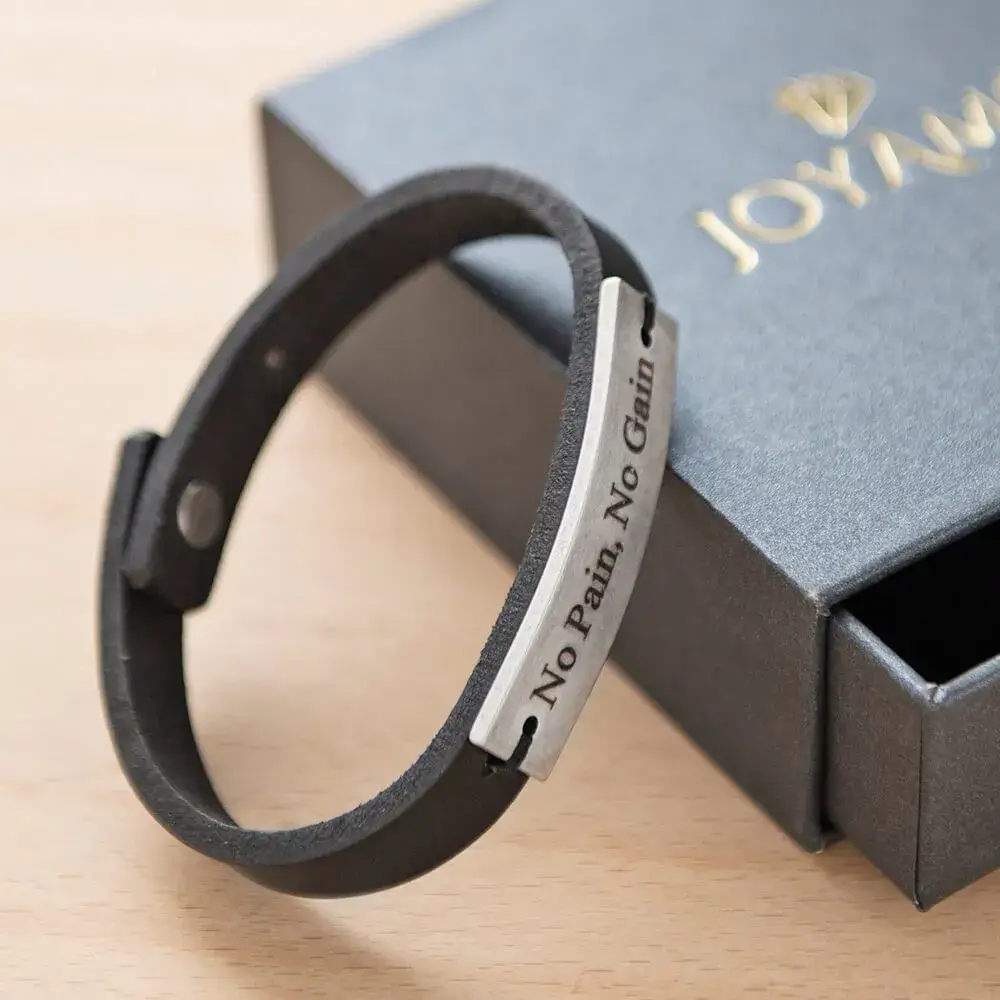

👉🏻 STAINLESS STEEL HYPOALLERGENIC PROPERTIES
Stainless steel is widely known for being hypoallergenic, which makes it a preferred choice among people with skin or metal allergies.
Hypoallergenic materials are those that are less likely to trigger reactions or skin irritations.
Stainless steel is mainly made up of iron along with chromium and other alloying elements.
Does not include nickel in its grades like 304 and 316 stainless steel.
Nickel, an allergen found in metals, particularly in lower-quality alloys, is absent in stainless steel reducing the risk of allergic reactions for most individuals.
However, it’s worth noting that some people may still have sensitivities to grades or coatings of steel.
In cases where stainless steel is exposed to prolonged contact with sweat or moisture, it may lead to skin irritation.
Overall, the hypoallergenic nature of steel makes it a versatile and safe choice for items like jewelry, watches, medical implants, and other products that frequently come into contact with the skin.
💡 DOES STAINLESS STEEL TARNISH FAQs
✔ Can you wear stainless steel in the shower?
Yes, you can wear stainless steel jewelry in the shower without worry. Stainless steel is highly resistant to corrosion and tarnishing, making it suitable for prolonged exposure to water. However, to maintain its shine and durability over time, it’s recommended to dry the jewelry thoroughly after showering to prevent water spots and minimize the risk of tarnishing.
✔ Does stainless steel tarnish easily?
No, stainless steel does not tarnish easily compared to other metals like silver or copper. Its high chromium content forms a protective oxide layer on the surface, which helps prevent oxidation and tarnishing. While stainless steel can still tarnish under certain conditions, such as prolonged exposure to harsh chemicals or abrasive substances, proper care and maintenance can minimize the likelihood of tarnishing.
✔ How do you keep stainless steel from tarnishing?
To keep stainless steel jewelry from tarnishing, it’s essential to clean it regularly with mild detergent and warm water to remove dirt and oil residues. Avoid exposing stainless steel jewelry to harsh chemicals or abrasive cleaners, as these can corrode the metal and promote tarnishing. Store the jewelry in a clean, dry environment away from direct sunlight and humidity, and consider using individual pouches or compartments to prevent scratching or tangling with other jewelry.
✔ How long does stainless steel jewelry last?
With proper care and maintenance, stainless steel jewelry can last for many years, if not a lifetime. Its durability and resistance to tarnishing make it an excellent choice for everyday wear. However, the lifespan of stainless steel jewelry may vary depending on factors such as the quality of the alloy, frequency of wear, and exposure to environmental elements. Regular cleaning, gentle handling, and proper storage can help prolong the lifespan of stainless steel jewelry and keep it looking its best for years to come.
✔ How long does stainless steel tarnish?
Stainless steel tarnishing can vary depending on various factors such as environmental conditions, the specific alloy composition, and how well the jewelry is cared for. In general, stainless steel tarnish is rare and occurs at a much slower rate compared to other metals like silver or copper. With proper maintenance and care, stainless steel jewelry can maintain its shine and resist tarnishing for an extended period. However, if exposed to harsh chemicals, abrasive substances, or prolonged moisture, tarnishing may occur over time. With cleaning and maintenance practices, such as regular cleaning with mild detergent and warm water and avoiding exposure to corrosive agents, stainless steel jewelry can remain tarnish-free for many years, providing enduring beauty and longevity for the wearer.
✔ Why does my stainless steel cutlery tarnish in the dishwasher?
Stainless steel cutlery may tarnish in the dishwasher due to heat, humidity, and exposure to harsh detergents. High temperatures accelerate oxidation, breaking down the protective layer. Harsh chemicals in detergents corrode the metal, promoting tarnishing. Contact with other metals can cause galvanic corrosion. To prevent tarnishing, hand wash with mild detergent, dry thoroughly, and avoid harsh chemicals. Consider separating stainless steel from other metals in the dishwasher. These steps preserve the cutlery’s appearance and longevity, ensuring it remains tarnish-free.
 SHIPPING
SHIPPING
